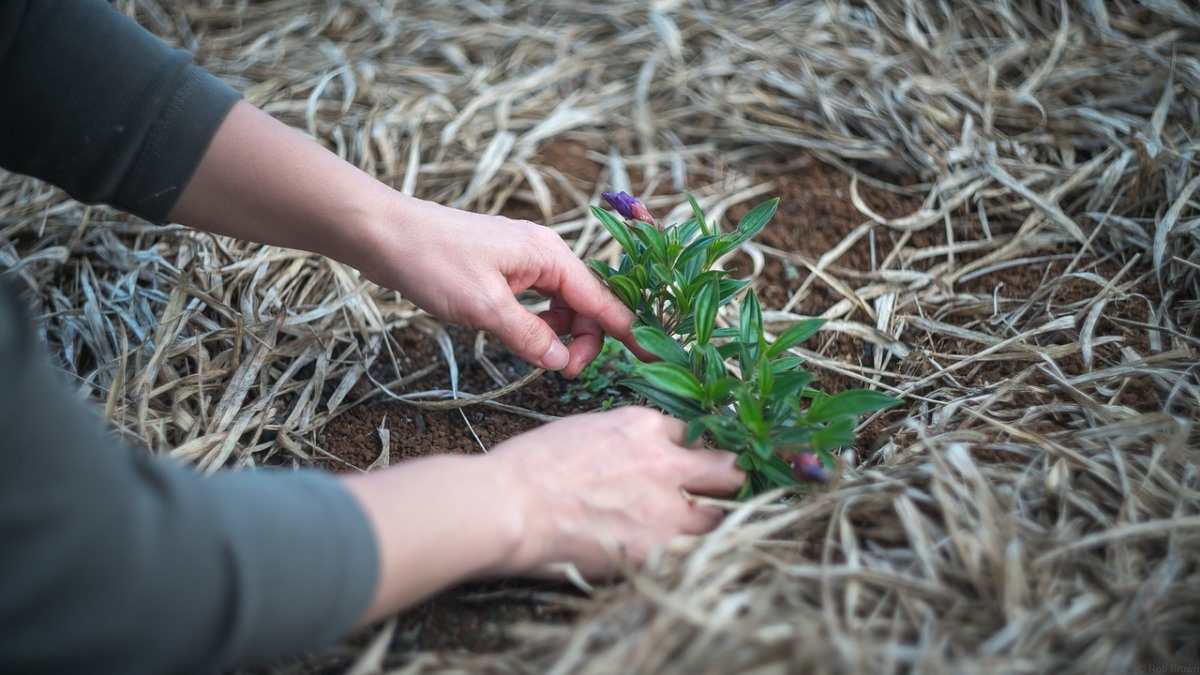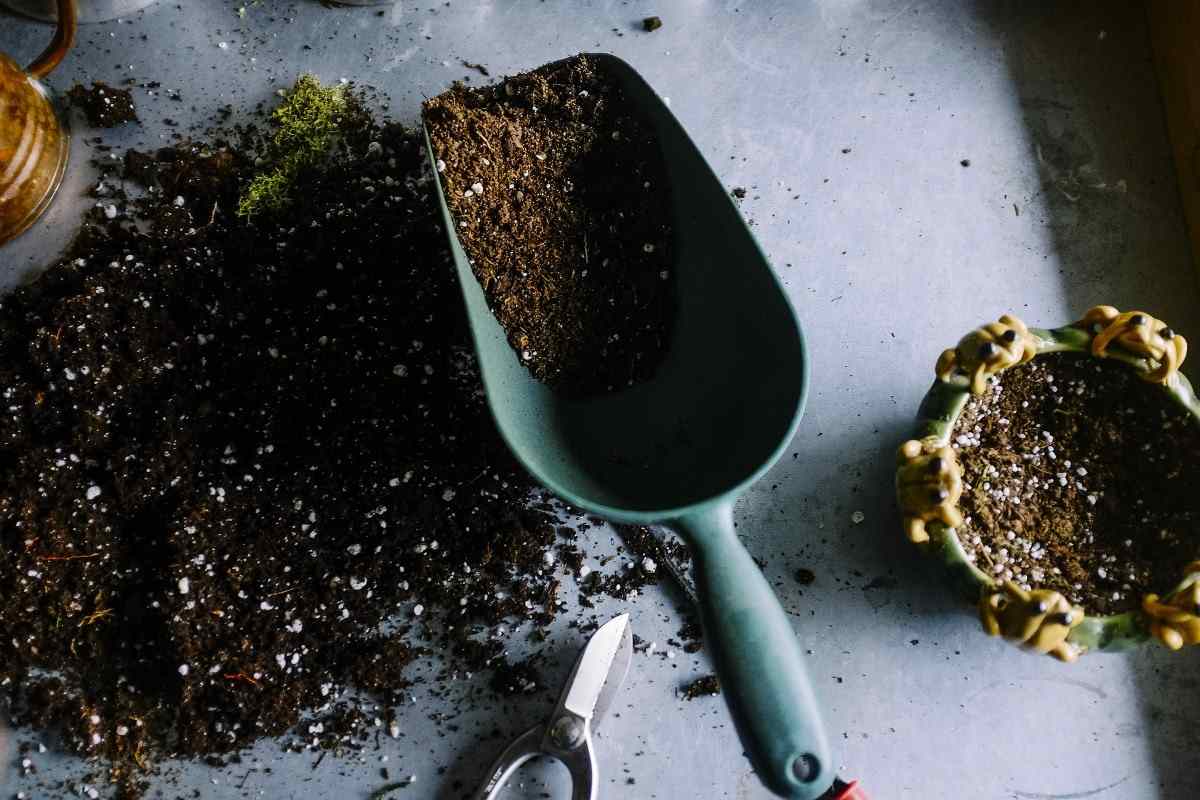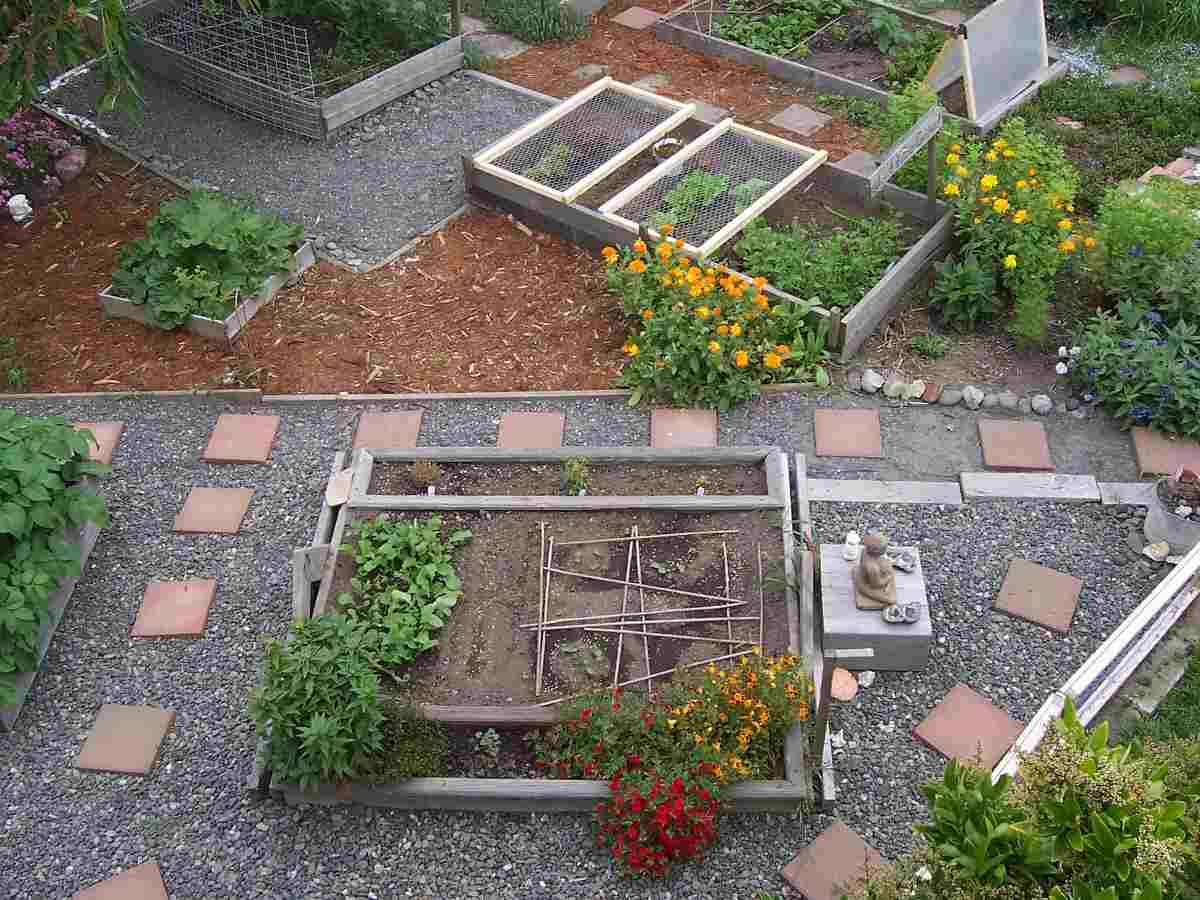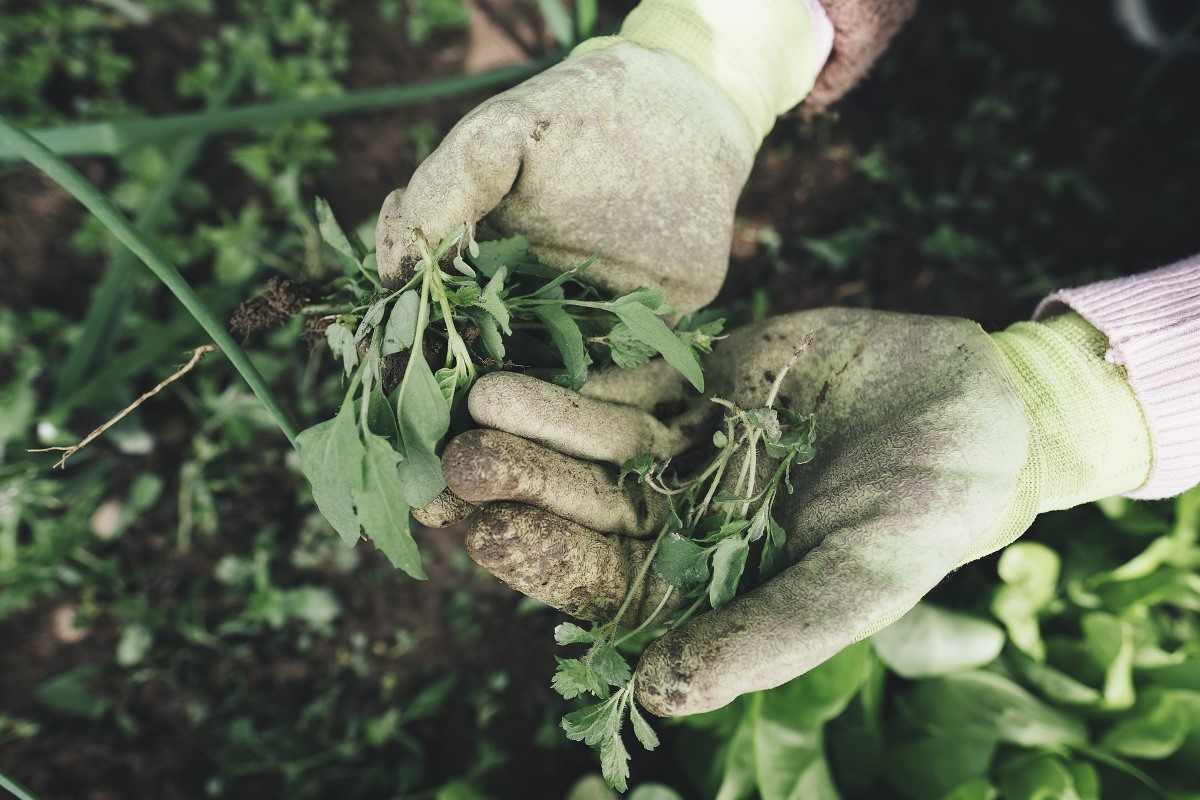Introduction to Gardening Questions and Answers
Gardens take on many forms, from a few plants in containers or pots to large garden plots in the backyard. Gardens provide health, environmental and enjoyment benefits for the gardener. Gardens provide many benefits like help the environment by reducing air and noise pollution, and energy costs, minimizing carbon footprint, filtering the groundwater, and providing a food and home source for many animals and insects. Gardening is helpful in growing different types of plants like flowers, herbs, or vegetables.
A Guide to A to Z Gardening Questions and Answers
Some tips for growing plants in the garden are little planning, soil care, good site selection, and smart crop choices. You can grow several plants in a single raised bed or a few containers. Almost all vegetable plants and flowers need 6 to 8 hours of full sun each day. So you need to observe your yard throughout the day to figure out which spots receive full sun versus partial shade or full shade. Pick a flat spot for the garden because it’s time-consuming, and expensive to deal with a sloping garden. Check for windbreaks that will keep your garden plants from being harmed by strong winds.
Below are the Commonly Asked Questions about Gardening

What is gardening and its importance?
Gardening helps to create a healthier environment. Gardening plants producing oxygen to creating some more greenery. This way there are various benefits of home gardening. This is a great way to work out along with nature and enjoy its fruits and vegetables for a long time.
How often should I water my garden?
Water most garden plants every 2–4 days in spring and summer to keep the compost, moist. Reduce the frequency of watering in the winter season when plant growth is slower and temperatures are lower. You want to ensure you soak plants anywhere from an inch to a foot deep depending on the plant and where you’ve put it. On average, you want to water your garden plants once a week. Younger plants and trees need more water than older, more mature ones to establish strong roots. Watering the base of your garden plants rather than the tops will minimize fungal diseases. It’s also advisable to water your plants in the morning because plant leaves holding puddles of water through the night are also susceptible to rotting. To help your plants absorb more water, then add a layer of mulch a few inches deep.
Why is it important to do home gardening?
Gardens are an important building block, along with community gardens, parks, backyard, and other natural spaces, to replacing lost habitat. Home gardening helps you eat more fresh fruits and vegetables. Also, you decide what kinds of fertilizers and pesticides come in contact with your food. It lets you control when to harvest your plants. Growing vegetables or fruits in the garden have more nutrients than some store-bought vegetables.
What does mean by partial sun/partial shade/full sun/full shade?
Full shade mainly refers to areas in your garden that receive fewer than four hours of sun each day. Partial shade and partial sun refer to areas of your garden that receives between 4 to 6 hours of sun each day. If your plant in the garden calls for partial shade, it will do better at the lower end of this sun exposure scale. If your plant in the garden calls for partial sun, it will do better at the higher end of this time frame. Full sun refers to areas in your garden that receive at least 6 hours of sun each day.
What are the different types of gardening?
You can create several different types of gardens for growing plants. They are;
- Butterfly Gardens – The main objective of a butterfly garden is to provide food and shelter for butterflies throughout their life cycle.
- Container Gardening – If space is limited, grow plants in containers or pots.
- Fruits, Vegetables, and Herbs – These edibles taste even better when you grow them yourself in a garden.
- Organic Gardening – Growing plants by composting, recycling yard waste, and using natural fertilizers and pesticides.
- Indoor Gardens – Indoor plants mostly are evergreens, and they need moderate sunlight. The amount of light at any given location varies according to time of year, window curtain, wall colour, and the location itself.
- Rock Garden – Rock Garden is also known as a rockery or alpine garden features extensive use of rock/stones with crevices. Plants that grow here tend to be small and also prefer well-drained soil, and less water. This type of garden should look natural and it can be made in open sunshine or partial shade.
- Kitchen Garden – Always make the kitchen garden in a sunny spot, near a water source, and close to your kitchen.
What kind of soil is best for growing vegetables in?

This is one of the common and important questions of gardening being asked in many places.
Most plants prefer acidic soil with a pH between 5.0 and 6.0. Avoid planting gardens near a concrete wall or foundation where the pH level may be too high for optimum growth. Gardens like soil that is rich in nutrients. Planting vegetables or flowers into a medium loam is the ideal environment for growing healthy and vigorous plants. Vegetable plants will grow in many types of soils, from light sandy types to heavy clays; it’s their fertility that is important.
Do raised container beds need drainage holes?
Traditionally, a raised bed garden is constructed as wood, brick, or stone boxes filled with soil to raise the garden above ground level for easier accessibility and drainage. Normally, the bottom of these boxes is left open to the bare ground, or constructed with a permeable material in the bottom such as stone or landscape fabric. The purpose of an open or permeable bottom in the container is to allow for adequate drainage. In some cases, you may need to remove the bottom of a vessel or drill adequate holes in it to allow a raised garden bed to drain properly.
Should I plant in containers, raised garden beds, or in the ground?
Most plants can be grown in containers, in raised garden beds, or the ground, so your choice is mainly dependent on how much space you have, how good your ground soil is, and your particular gardening needs.
For example, if you live in an area where you need to bring your plants inside in the winter season, you will want to plant in containers. While if you want your plants to have more soil space to establish expansive root systems, you will want to plant them in the ground or the ground. Another benefit of growing plants in containers or raised garden beds is that you can more easily work and control the quality of your soil. Also, container gardening can allow you to grow your food even if you only have a small patio or balcony. You can save money by growing plants in the ground since you do not have to pay for containers or for materials to build raised garden beds.
How to pick the right plants for the garden?

This is a basic and one of the common questions of gardening. Selecting plants is one of the most important steps in any garden design. Which type of plants you select for your garden will mainly depend on many factors like the orientation of your garden and soil type, as well as your preferences. The overall size of your garden will be one of the biggest factors in what you’re able to grow there. Raising a large garden filled with fruits and vegetable plants, on the other hand, will require much more ground space.
Here are a few easy-to-grow plants for beginners;
Annuals – Calendula, Cosmos, Geraniums, Impatiens, Zinnias, Marigolds, and Sunflowers.
Perennials – Peony, Black-eyed Susans, Daylilies, Delphinium, Lamb’s Ears, Pansies, Phlox, Purple Coneflowers, and Russian Sage
Vegetables – Cucumbers, Lettuce, Potatoes, Peppers, and Tomatoes
Where is the ideal site for planting a vegetable garden?
For growing vegetables, an open site is ideal. The majority of vegetables need to be in the sun for as much of the day as possible away from the shade of buildings and trees etc. Poor draining sites are usually unsuitable for growing vegetables unless the drainage is improved.
How to keep my plants from wilting or dying in the late afternoon sun?
Give your garden late afternoon and evening shade by placing a trellis on the southwestern or western part of the garden. Cucumber, green beans, sunflowers, corn, and hyacinth beans growing best on the west side of the garden. These plants grow as tall as 6 feet and can give shade to trailing plants such as squash and melons. Finally, you can hang a shade cloth made out of bed sheets on the western side of your garden, or you can plant sun-loving plants in front of short, shade-loving plants.
When should I cut back my perennials?
If you want to cut back your perennials in the fall season, you should wait for the foliage to turn yellow or brown. After they die down, cut the remainders of the perennial plants down close to the ground. Most grasses are best left over the winter season and cut back in March or early April. Waiting until early spring to cut down your perennials is beneficial in many ways.
What is the difference between compost and mulch?
This is one of the common questions of home gardening. The compost and mulch both can be used in the garden are sometimes used interchangeably, which has created some confusion regarding the difference between the two. While compost is sometimes used as mulch, but they are two different things that serve different purposes in your garden. The basic answer is that compost is an organic soil amendment made up of decomposed materials. Normally, gardeners mix compost into soil or side-dress plants with it throughout the season to add nutrients to the soil and improve soil structure.
Mulch is most often used to describe organic materials but can describe either organic or inorganic materials that are spread on top of the soil to limit weed development, reduce erosion, moderate soil temperature, and improve moisture retention. Some common types of mulch are wood chips, gravel, straw, or pine needles.
- Broccoli Seed Germination and Selection
- Asparagus Seed Germination and Variety Selection
- Seasonal Flower Gardening: Best Practices for Spring, Summer, Fall, and Winter
- How to Grow Hibiscus from Flower
- Plantation Ideas for Home Decoration: A Beginners Guide
- Flower Garden Designs and Layouts for Beginners

How to kill fire ants in a garden?
Fire ants can be an incredibly harmful nuisance to have around your garden. Fire ants are warm-weather garden pests and can harm plants. There are different chemical-free recipes for fire ant control that you can find online. Here are different ways to eliminate fire ants in the garden, without using dangerous chemicals.
Cayenne Pepper – For this solution, bring about a quart of water to a boil. Then, put 2 to 4 sliced cayenne peppers in a large glass jar and pour the boiling water over them. Let this mixture sit for 24 hours and then it is ready to eliminate those ants. You can also put the mixture into a spray bottle to spray any ants you find around the home.
Lemon Water – Mix lemon juice with an equal amount of water and spray the mixture on any high-traffic ant areas.
Vinegar Solution – For this solution, we can mix equal parts vinegar, baking soda, and water and pour the mixture into the ant colony. The strong scent of vinegar will repel the fire ants. This vinegar solution will not kill the ants, but it will get them out of your home and out of their nests so that you can destroy it.
Dish Soap – Mix dish soap with water in a spray bottle and then apply the solution at any common ant entry points.
What vegetables can I grow in the shade?
Wow, I am waiting for these kinds of gardening questions. Most vegetables won’t grow well in completely shaded areas, but some plants will tolerate more than most. In the summer months, lettuce and peas will do well in partial shade.
What can I plant in a container garden?
Vegetable plants that are growing in containers include tomatoes, peppers, eggplant, green onions, beans, lettuce, squash, radishes, and parsley. Pole beans and cucumbers also do well in a container garden, but the plants require more space because of their vining growth habit.
What are the best plants are for summer gardening?
This is one of the common questions of gardening for summer gardeners. . Popular vegetables to grow in the summer season are Okra, Lettuce, Eggplant, Amaranth, Malabar Spinach, Corn, Melons, and Shallots. Popular flowers to grow in summer are Lilies, Blanket Flower, Gloriosa Daisy, Musk Rose, Marigold, Veronica, Roses, Bougainvillea, Dahlia, Sunflower, Coreopsis, and Yarrow.
How often should I fertilize my plants in the garden?
How often you fertilize mainly depends on what you are fertilizing and which type of fertilizer you are using. If you are fertilizing fruit trees with a fertilizer made specifically for them, you are going to fertilize them once a year in the spring season. Some gardeners prefer to feed their flowers and plants with liquid-soluble plant food once every 1 to 2 weeks.
Some plants are heavy feeders and they require regular fertilizing to thrive. If you want to get into fertilizing for enhanced blooms or higher food production, look up each type of plant to find the fertilizer type and fertilizing schedule that works best for them. Most gardeners use a complete fertilizer with twice as much phosphorus as nitrogen or potassium. An example would be 10-20-10 or 12-24-12.
What vegetables can I grow in my backyard?
The healthiest vegetables to grow in your garden Kale, Sweet Potato, Spinach, Carrots, Brussels Sprouts, Cauliflower, Garlic, and Avocado.
What’s the correct way to prune my plants?
Well, this is a basic and one of the common questions of gardening. Pruning is very important to keep your plants healthy, sturdy, and beautiful. Pruning to remove damaged, dead, or diseased plant parts can be done at any time of the year. Pruning improves airflow through the plant and can encourage better branch distribution which results in a healthier plant.
Why is my garden growing so slowly?
Plants need both water and air around plant roots, so you do not want to keep the soil too wet. The results of too much water are that the plant will lose any new plant roots it forms and since there is a balance between roots and the canopy, the plant does not grow. If your plants aren’t growing to full size, lack of sun might be the reason. If you can relocate your garden into a full sun area that’s the best option. If not, focus on growing plants that need less sunlight.
What is the best sun for a garden?
The best sun for a garden is the morning sun, it’s that perfect cool morning light that wakes the plants up and gets them growing every day. The worst light for the garden in the afternoon and evening sun.
You should not miss this: Backyard Hydroponic Gardening.
How do you get rid of garden pests naturally?
This is the best and one of the common questions of gardening. Natural remedies can get rid of insects using natural products found in the home. The natural remedies for garden pests are soapy water, neem oil spray, pyrethrum spray, garlic, pepper spray, herbal water spray, and alcohol spray.
How do I stop pests in my garden?
Steps to preventing garden pests are;
- Encourage healthy soil
- Choose resistant varieties
- Plant in the right place
- Attract beneficial insects
- Repel pests
- Rotate crops
- Practice interplanting
- Use floating row covers
In case if you are interested in this: How To Start A Gardening Business In India.